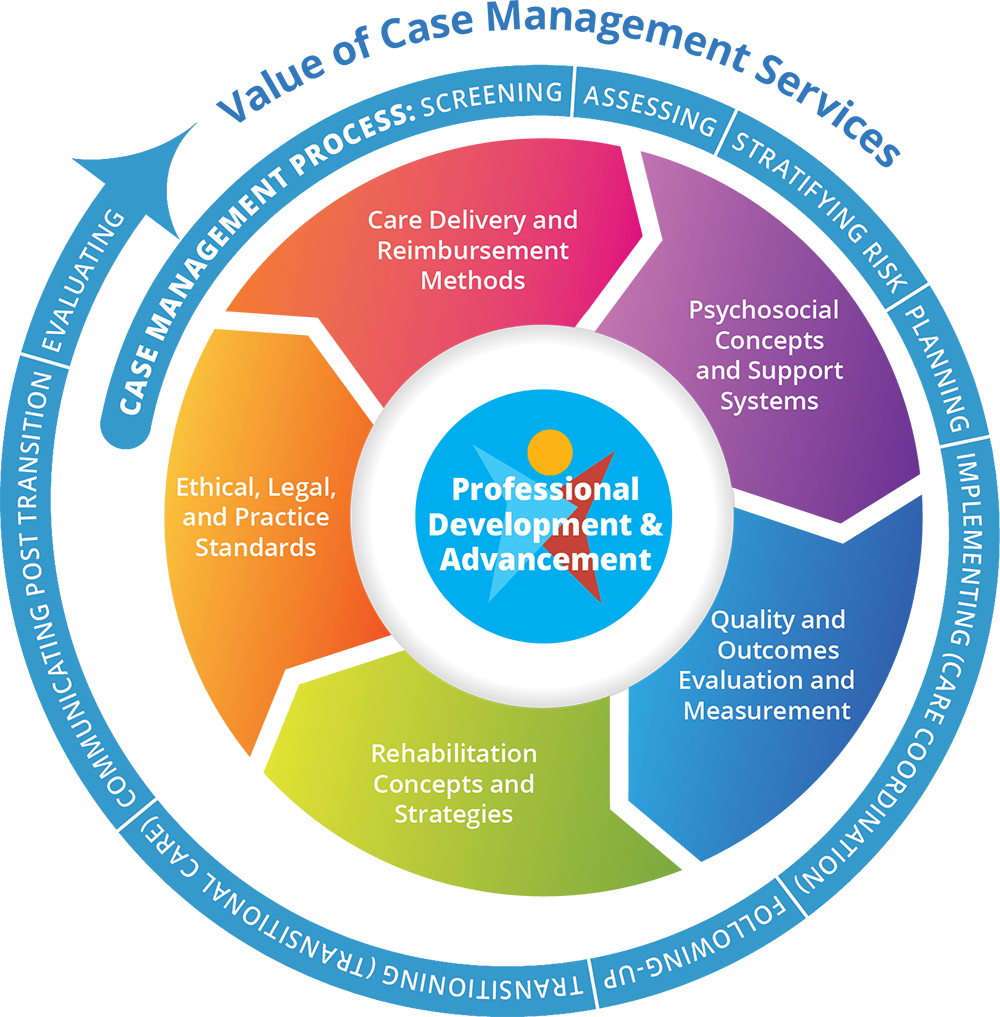Lifestyle changes such as eating a healthy diet and achieving a healthy weight can reduce high cholesterol,
high blood pressure, diabetes, and obesity, which are risk factors for heart disease.1 Simple steps can have
long-term benefits.
Although a strong family history of heart disease can increase the risk of a heart attack, patients have
the power to control other risk factors that can lead to a heart attack; for example, with a healthy diet and
regular exercise.
Healthy eating
A healthy diet is one of the best ways to fight cardiovascular disease.2 A diet that emphasizes vegetables, fruits, and whole grains, as well as reduces the consumption of sweets, sugar-sweetened beverages, and red meats, will help lower the risk of a subsequent heart attack.
With the help of a good diet, patients can lower:
- Cholesterol: Cholesterol, especially LDL, or "bad," cholesterol, can create fatty deposits in the blood vessel and raise the risk of another heart attack
- Blood pressure: Hypertension, or high blood pressure, can overwork the heart and raise the chance of a heart attack. Controlling dietary sodium can help lower blood pressure. Hypertension and cholesterol are the 2 leading causes of heart attacks
- Blood sugar: Diabetes causes blood sugar to rise, sometimes to dangerous levels. An inability to control diabetes and blood sugar levels will increase the risk of a heart attack. Avoiding sweets and sugary drinks are just 2 ways of controlling blood sugar through diet
- Triglycerides: High triglyceride levels may harden or thicken blood vessels and, when combined with high LDL cholesterol, may increase the risk of a heart attack. Avoiding high-fat foods, such as fatty desserts and fried food, can help lower triglyceride levels
Different people have different dietary needs, so patients should also consult a dietitian before discharge to create a personalized diet and care plan.
Exercising
Physical activity is essential to preventing heart disease. Advise patients to speak with their health care professional before engaging in a physical activity to ensure it is appropriate for their condition.
Quitting smoking
Cigarette smokers have a signifi cantly higher risk of developing heart disease. Smoking is a major cause of deaths from heart disease. Heart disease can be prevented and controlled by quitting. Patients can fi nd information on smoking cessation at the American Lung Association website (www.lung.org) and support groups at their local hospitals or community centers. Patients can also ask you or another member of their care team about nicotinereplacement therapy.
Alcohol consumption
Drinking alcohol even moderately can raise blood pressure and increase the risk of heart disease. If patients drink, ask them to limit their alcohol consumption to 2 drinks a day for men and 1 drink a day for women for benefi ts without the dangers of excess.
Stress relief
A few studies have noted a relationship between coronary heart disease risk and stress in a person’s life. Stress may lead to behaviors that increase heart disease risk. For example, some people may cope with chronic stress by drinking alcohol or smoking cigarettes. These habits can increase blood pressure and cause damage to artery walls. Teach patients to relieve stress with meditation, deep breathing, or a massage.2
Changing habits that were developed over many years can be diffi cult for patients. But research
has shown that failure to limit behaviors such as smoking, drinking, and high stress is a frequent
cause of hospital readmission. Making changes is important. Even small steps can have a big impact
on their health.

